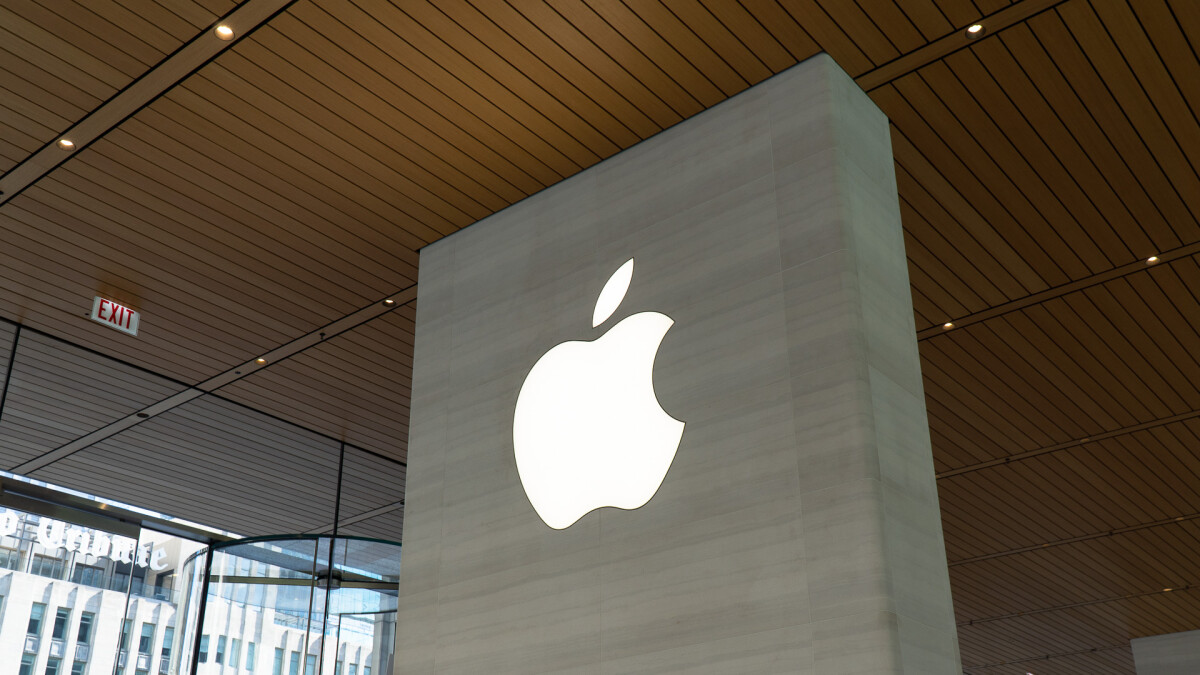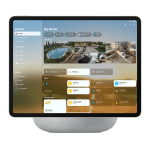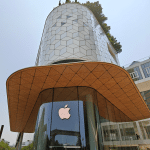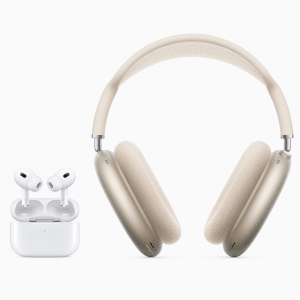Apple’s latest 10-Q filing, dissected by Morgan Stanley, paints a picture of a company under pressure. By the end of Q2 2025, Apple amassed nearly $70 billion in inventory and components, a 17% jump from the previous year. This buildup included pre-payments to suppliers for goods held before shipment, a tactic to defer tariff costs. “Apple’s costs were at a three-year March quarter high,” Morgan Stanley reported, underscoring the financial strain. To keep supply chains flowing, Apple resorted to airlifting iPhones and Macs, a logistical feat that prioritized availability but inflated expenses. Posts on X have noted the scale of this operation, with one user remarking, “Apple’s airlifting iPhones like it’s a wartime supply drop.” Yet, even this Herculean effort couldn’t fully offset the tariff burden, as the company’s balance sheet groans under unprecedented inventory levels.
Navigating Tariff Turbulence
The Trump administration’s tariffs, which spiked to 104% on Chinese imports and extended to countries like India and Vietnam, have upended Apple’s supply chain calculus. Over the past seven years, Apple has diversified manufacturing to reduce reliance on China. CEO Tim Cook highlighted in a May 1 CNBC interview that over half of U.S.-bound iPhones now originate in India, with Vietnam and other regions filling the gap. However, these alternative hubs aren’t immune to tariffs, and raw materials—often imported—remain vulnerable. The $900 million Q3 2025 loss, while significant, is a fraction of what it could have been without Apple’s proactive supply chain shifts. Still, the financial toll is undeniable, forcing Apple to confront a reality where cost absorption alone won’t suffice.
Why Prices Are Climbing
Apple’s just-in-time inventory model, designed to minimize stock and avoid depreciation, has been disrupted by the tariff crisis. The company’s Q2 2025 revenue hit $95.4 billion, up 5% from $90.75 billion in Q2 2024, driven partly by consumers rushing to buy before price hikes. This demand pull-forward, noted by JP Morgan analysts, temporarily boosted sales but risks cannibalizing future upgrades. The iPhone 17 Pro, expected in fall 2025, could retail for $2,000 or more, nearly double the iPhone 16 Pro Max’s $1,199 starting price. Other products, including iPads, MacBooks, and accessories like AirPods, face similar upward pressure, as tariffs inflate component and shipping costs. On X, users have voiced frustration over rising accessory prices, with one stating, “AppleCare’s already a stretch—tariffs are gonna make it brutal.”
Apple’s Q2 earnings, however, show resilience. iPhone revenue rose to $46.84 billion from $45.96 billion, and services revenue, including Apple Music and iCloud, climbed to $26.6 billion from $23.9 billion. These gains helped Apple beat Wall Street expectations, but analysts warn that the tariff hit will erode margins if costs aren’t passed to consumers. The company’s decision to delay price hikes until the iPhone 17 launch may soften the immediate blow, but the reprieve is temporary. For budget-conscious buyers, this could mean sticking with older models or opting for lower storage tiers to avoid the steepest increases.
Impact on Users
For Apple’s vast user base, the tariff-driven price hikes pose a practical challenge. The iPhone, a cultural and technological staple, risks becoming less accessible as prices climb. Entry-level models like the iPhone SE, currently priced at $429, may see smaller increases, but premium devices will bear the brunt. MacBooks, already a significant investment, could push past $1,500 for base models, while iPads may no longer feel like impulse buys. Services like AppleCare, heavily impacted by tariffed components, are also seeing price sensitivity, as reflected in X posts lamenting their rising costs. For tech enthusiasts, these hikes may dampen the excitement of Apple’s annual launches, forcing tougher choices about upgrades.
Beyond affordability, the tariff crisis underscores the fragility of global supply chains. Apple’s ecosystem—iPhones, Macs, and services—thrives on seamless integration, but rising costs could disrupt this harmony. Users who rely on Apple for productivity, creativity, or entertainment may need to reassess their budgets, particularly as competitors like Samsung and Google offer more price-competitive alternatives. Still, Apple’s brand loyalty and ecosystem lock-in may mitigate some churn, as evidenced by its robust Q2 services growth.
Strategic Maneuvers
Apple isn’t standing still. The company is exploring long-term solutions to lessen tariff exposure. Expanding U.S. manufacturing is one option, though Tim Cook has cautioned that a full shift would take years and double product costs due to infrastructure gaps. Foxconn, Apple’s primary assembly partner, plans to double iPhone production in India by late 2025, targeting 25-30 million units annually, up from 12 million in 2024. This move could reduce reliance on tariffed regions, but imported raw materials remain a sticking point. Apple is also reportedly preparing to issue corporate bonds to raise billions, potentially funding a $100 billion share buyback program to stabilize its stock amid tariff-related volatility.
These strategies reflect Apple’s broader resilience. The company’s Q2 profit records, despite the $900 million tariff hit, demonstrate its financial muscle. On X, some users have praised Apple’s supply chain agility, with one noting, “Apple’s taking a $900M hit and still crushing earnings—insane.” However, others worry about long-term affordability, particularly for younger users or those in emerging markets where Apple’s premium pricing already stretches budgets.
The Road Ahead
Apple’s tariff troubles highlight a precarious moment for the tech giant. The Q2 demand surge, while boosting revenue, may sap future sales if consumers who bought early delay upgrades. The company’s stock has faced volatility as markets grapple with U.S.-China trade tensions, though its buyback plans signal confidence. For users, the immediate concern is affordability, with price hikes looming as a test of Apple’s ability to maintain loyalty. By balancing strategic investments—like India’s manufacturing push—with consumer-focused pricing, Apple aims to weather the storm. Whether it can keep devices accessible while preserving its premium aura will define its trajectory in 2025 and beyond.















